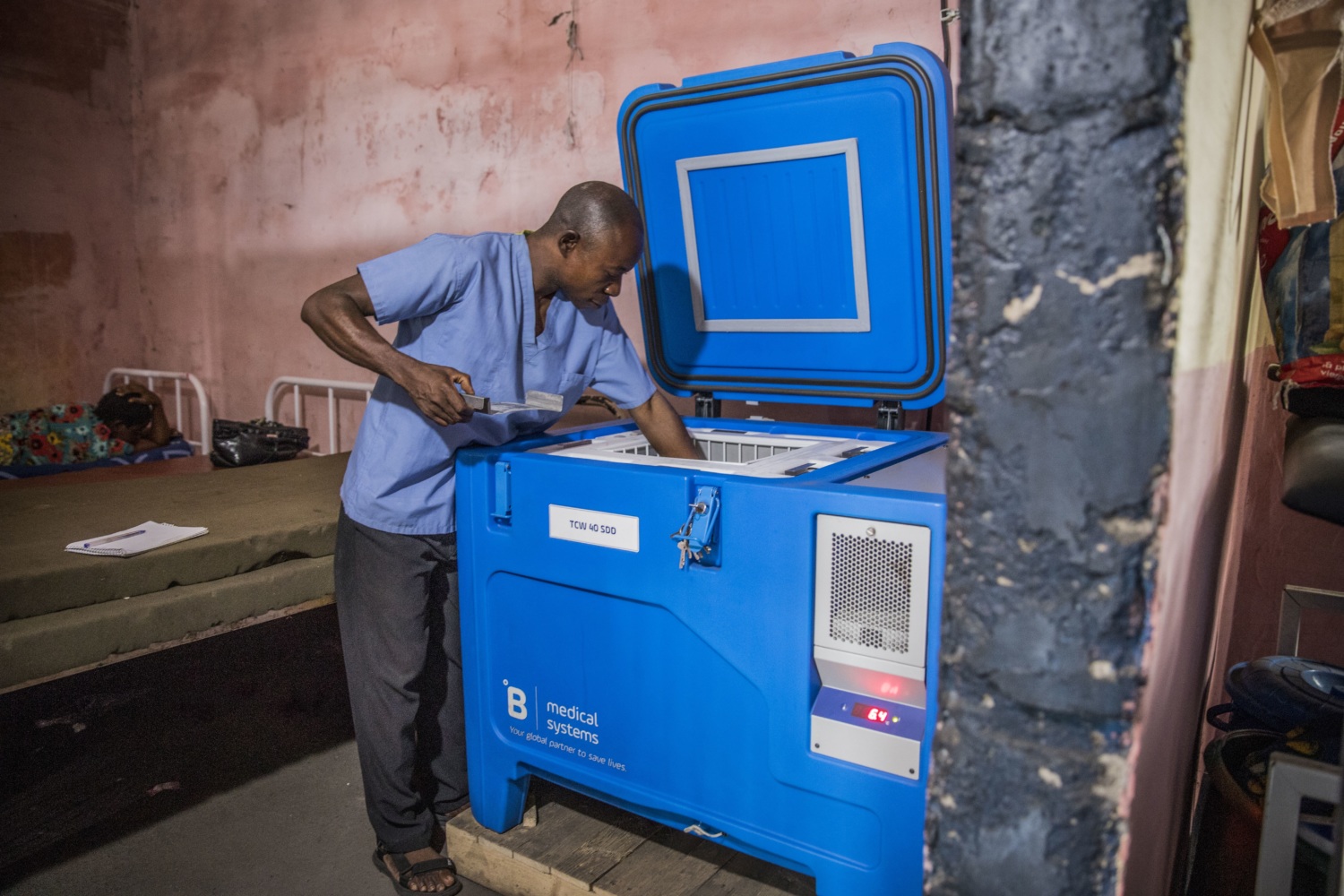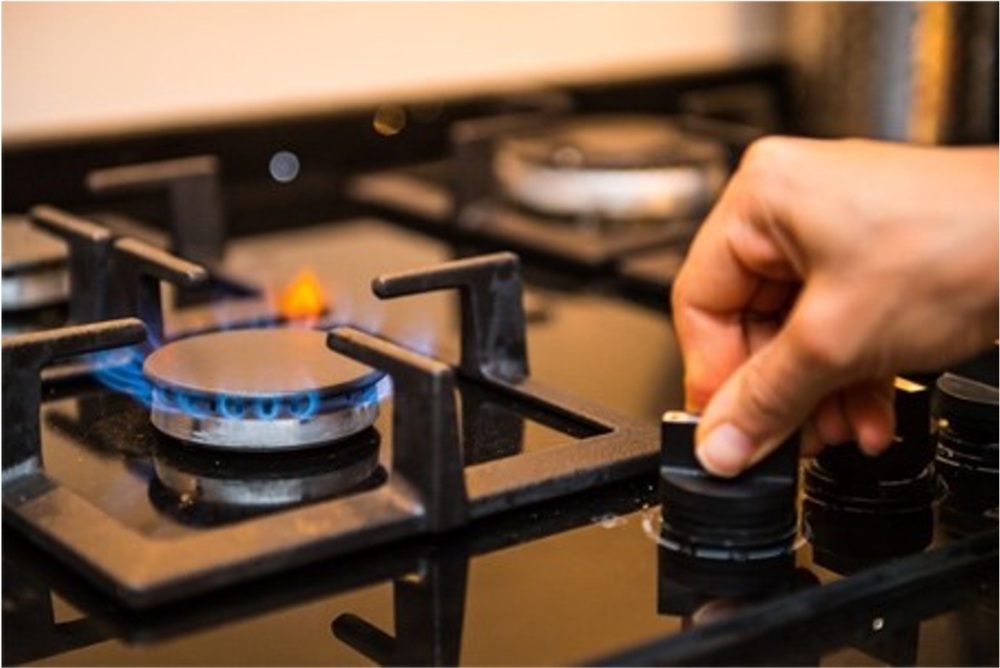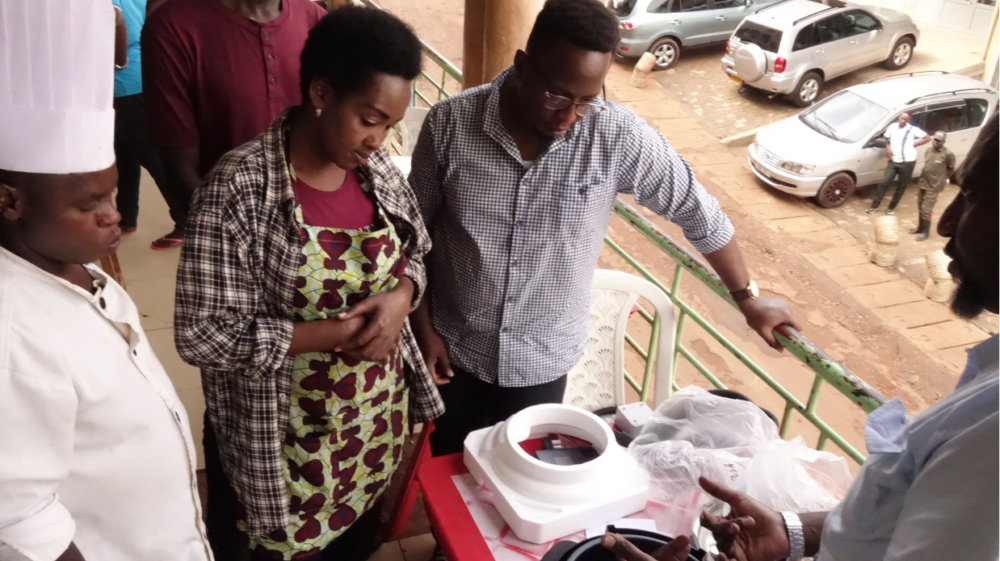CLASP Publishes First-of-its-kind Report on Medical Equipment and Clinic Electrification
The WHO estimates that 70% of medical devices in the Global South do not function and remain unused, in large part because the design of most medical equipment does not reflect the needs of off- and weak-grid clinics. Our report seeks to raise awareness of this under-appreciated challenge.

As many as 59% of health care facilities in low- and middle-income countries lack reliable electricity.
Without energy, clinicians cannot utilize basic diagnostic tools, maintain inventories of critical medicines and vaccines, or access and share information relevant to patient care. As a result, patients suffer: mothers give birth in the dark, babies are born without neonatal warmers and preventative care for a wide range of treatable conditions is unavailable.
Current clinic electrification initiatives often focus on the energy system itself, without equivalent consideration of the medical equipment required to deliver health services. In addition, few commercially available medical devices are designed to perform in harsh environments and with a limited energy supply. Medical device suppliers design most of their products for hospitals in Europe, North America, or East Asia. Partially due to this mismatch, WHO estimates that 70% of medical devices in the Global South do not function and remain unused.
A lack of appropriate medical equipment hinders clinic electrification efforts and makes it harder to deliver basic health services in off- and weak-grid regions. CLASP, on behalf of Efficiency for Access, has published a first-of-its-kind research report highlighting the critical role of medical equipment in clinic electrification efforts.
This research represents a first step towards better coordination around and increased investment in this critical area by providing a preliminary assessment of technical and commercial barriers to large-scale deployment of medical equipment in off- and weak-grid clinics, as well as actionable recommendations to make progress against these barriers.
These barriers include:
- Complexity and variety of medical devices available on the market
- Lack of resources to guide equipment selection
- Product designs intended for markets without the energy supply challenges and harsh environments common in off- and weak-grid settings
- Immature regulatory frameworks that do not address energy requirements, efficiency or power supply
- Narrow mandates of many large-scale public health interventions
- Large-scale equipment dumping
- Sectoral silos
By highlighting the challenges and opportunities for the role of medical equipment in clinic electrification efforts, we hope to raise awareness of this critical issue among donors, policymakers and industry stakeholders. Improved outcomes are possible with deepened coordination between the health and energy sectors, and a new approach to clinic electrification that incorporates a holistic focus on medical equipment alongside provision of energy systems.
A holistic approach to clinic electrification that pairs appropriately designed medical equipment alongside the provision of energy systems is crucial to the development of more sustainable and effective health systems.
—
This report was authored by CLASP as part of the Low Energy Inclusive Appliances initiative, a flagship programme of the Efficiency for Access Coalition.









